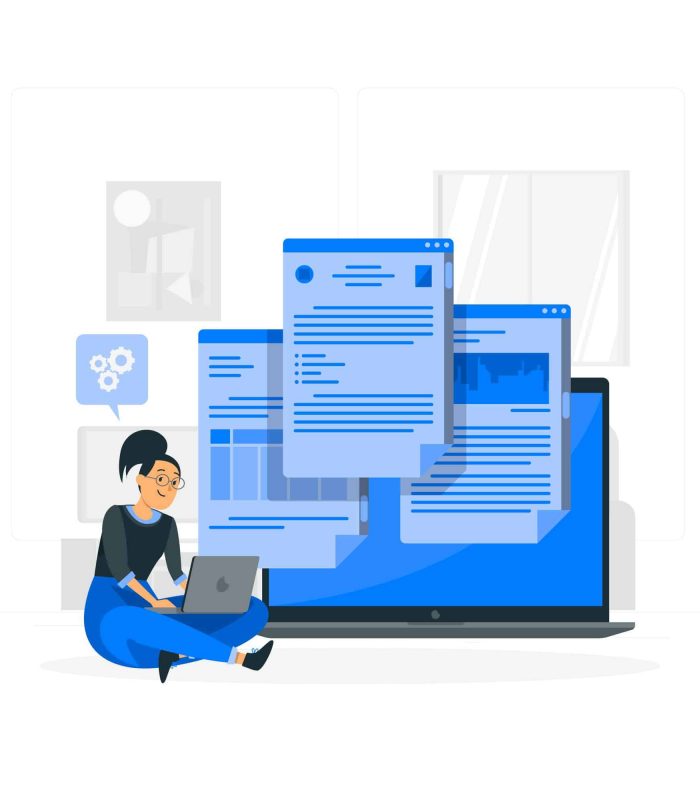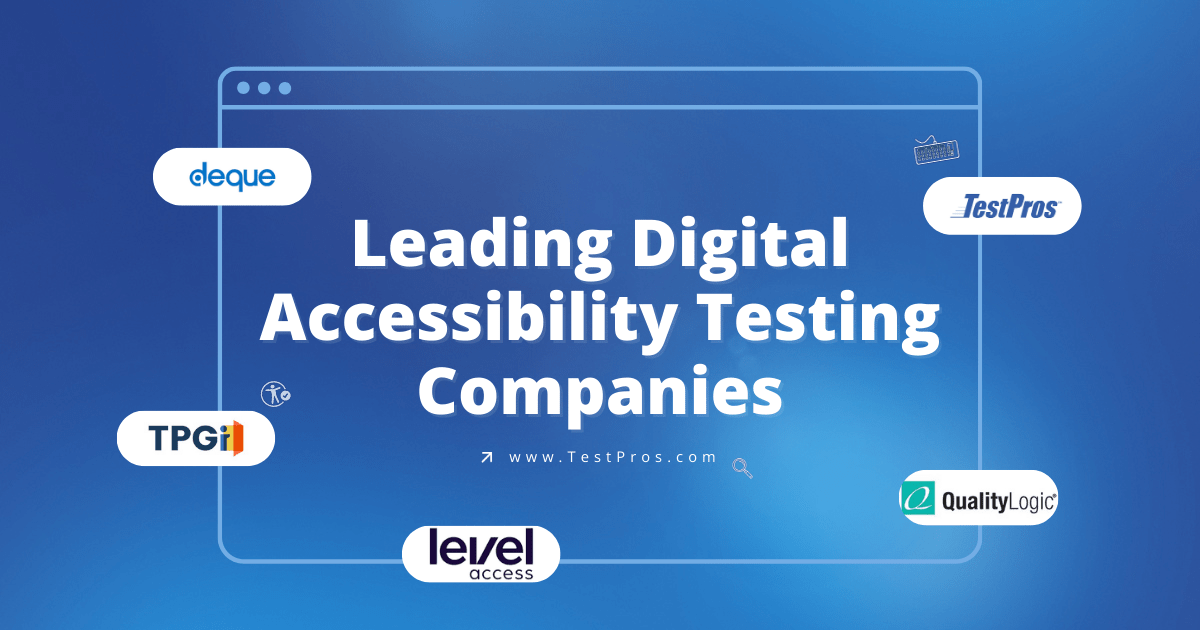Are you a business or government contractor aspiring to ensure that your digital documents are accessible and compliant with accessibility standards such as ADA (Americans with Disabilities Act) and Section 508? PDF remediation is the vital solution you have been searching for. Through this process, organizations can guarantee that their PDF documents are crafted accessibly, ensuring seamless access for all users, including those with disabilities or impairments.
Dive in as we unfold everything you need to know about PDF remediation, its myriad of benefits, and its critical role in your company’s document management strategy.
What is PDF Remediation?
PDF remediation is the process of transforming documents formatted in Portable Document Format (PDF) into accessible digital documents that adhere to accessibility standards such as ADA and Section 508. This process involves an analysis of PDFs to identify any barriers that may prevent users with disabilities from accessing content, as well as developing strategies to reduce or remove those barriers.
Key tasks involved in PDF remediation include:
- Making modifications to the document’s structure
- Changing its layout for a smoother reading experience
- Adding alternative text descriptions for images
- Implementing PDF tagging for headings and lists
- Ensuring tables are properly tagged and structured
- Including captions for videos, and other adjustments as necessary
These changes help make sure that everyone using assistive technologies like screen readers, can access web content without difficulty. Furthermore, it can also help significantly improve the overall user experience for all visitors by making sure that PDFs are organized in a logical way that’s easy to navigate.
Compliance with Section 508 and Section 504
Section 508 is a segment of the Rehabilitation Act of 1973, amended in 1998 to necessitate federal agencies to make electronic and information technology accessible to people with disabilities.
Key points about Section 508:
- Applies to federal agencies and entities receiving federal funding
- Ensures equal access to information for people with disabilities
- Can also pertain to commercial companies under certain conditions
According to Section 508, federal government organizations are required to give disabled citizens and employees access to information at the same level as the access they would receive elsewhere. This law applies to any federal agency that is developing, procuring, maintaining, or using EIT.
In addition, Section 504 may apply to your digital documents as well. Section 504 applies to procurements by organizations that receive federal funding, while Title III of the ADA can apply to commercial companies considered a “place of public accommodation”.
ADA Compliance
The ADA is a landmark legislation enacted in 1990, designed to prevent discrimination against people with disabilities and set forth accessibility standards.
PDF accessibility falls under ADA compliance, highlighting the need to address common PDF accessibility issues such as:
- Insufficient metadata
- Lack of or improper PDF tagging
- Absence of alternative text on images
- Inconsistent reading order
Sometimes it can be easy to overlook the digital documents being included as part of the delivery of products and services. For example, user guides and other documentation associated with delivered software must be accessible.
Another example is a PDF version of a restaurants menu hosted on their website. Under Title III of the ADA, a website can be considered a place of public accommodation, thus the PDF documents need to be accessible, in addition to the website itself.

Common Accessibility Issues in PDFs
PDF documents may present various accessibility challenges, such as:
- Missing or incomplete, metadata. Each PDF should have the following information correctly filled out: title, author, subject, and keywords.
- Lack of or improper PDF tagging.
- Incorrect tag structure. Tagged PDFs aren’t automatically compliant. If tags are incorrect or in the wrong reading order, for example, the PDF will be inaccessible and not in compliance.
- Absence of alt text on images. Without alternative text, a screen reader will say there’s an image on the page, but will be unable to give any information on what the image is and why it’s important. This is a common problem with PDFs.
- No bookmarks. Bookmarks help with navigation in documents longer than nine pages. The bookmarks and headings used in the document should match.
It is also important to mention that while Microsoft Word has accessibility features built-in, when converting the document to a PDF you may lose some or all of those features. Even if your document was accessible as a Word document, that does not mean it is still accessible as a PDF. In addition, between the various PDF creators / generators (e.g., Acrobat, PowerPDF, Foxit, Etc.) implementation and consistency of features can be uneven.
How To Fix PDF Accessibility Issues
To enhance PDF accessibility, you can:
- Use the Accessibility Toolkit from Adobe to identify accessibility issues.
- Add descriptive alternative text to images and tables.
- Ensure all text is properly tagged.
- Use the full-text search feature to highlight text in a document and make it easier to read and navigate.
What You Should Know
Despite the various accessibility tools available to remediate PDF accessibility issues, there are still problems with compliance. Accessibility tools often leave users vulnerable to gaps in compliance due to their limited capabilities and lack of true understanding of user needs.
For example, many automation tools can create alternative text for images and tables but cannot determine if the alternative text accurately describes the content of the image or table. This can lead to inaccurate information being provided through alternative text, which can in turn create compliance gaps.
Overall, it is important to recognize that there are no quick fixes to PDF accessibility issues and that a true commitment to making documents fully accessible requires careful assessment and consideration of user needs. For best results, it is advisable to work with an experienced accessibility expert who can help guide you through the remediation process and ensure that your documents are fully compliant.
Trust TestPros for Expert PDF Remediation Services
Turning to an independent expert is the best way to ensure your company is Section 508 and ADA compliant. TestPros has a wealth of experience in PDF remediation and can help your company remove barriers to information for people with disabilities. We offer services to improve compliance with Section 508 guidelines, WCAG standards, and other relevant accessibility protocols. Everyone should have access to your important documents—contact us today so we can help you make that happen.




